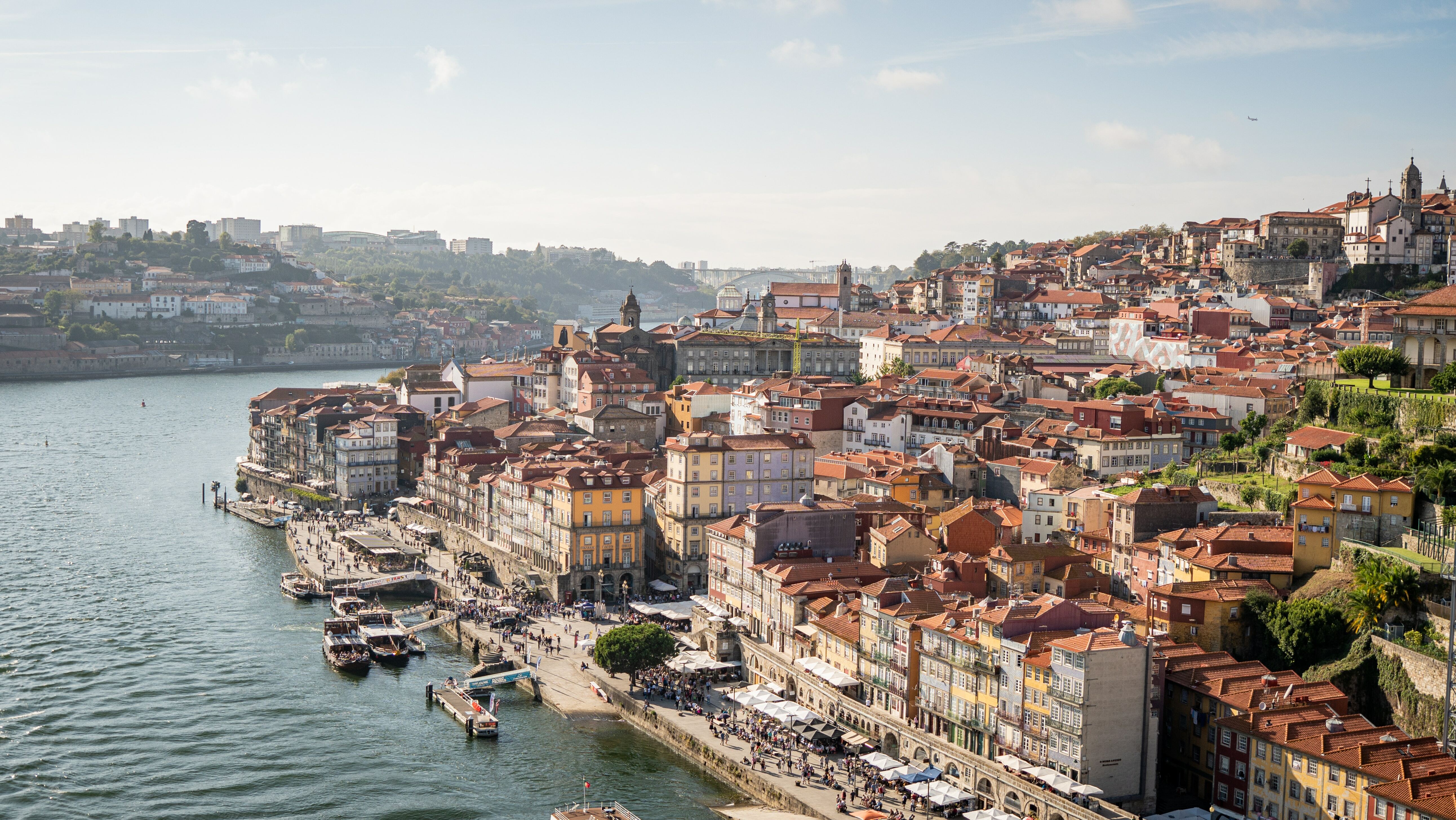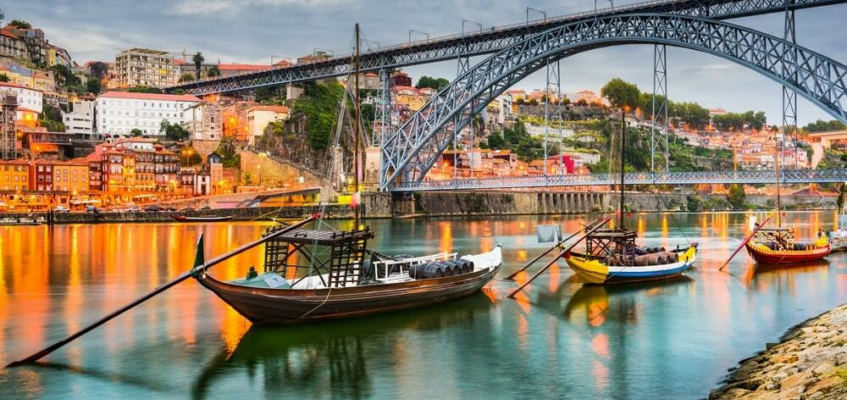Porto, capital of the district, and could also be said to be capital of the north, has an enormous historical legacy of notable role in the development, resistance and culture of our country. The various occupations that prospered here always had a common denominator - the Douro River.
The navigability of the river combined with the close connection to the Atlantic boosted its commercial and naval orientation. From here, many navigators and ships departed towards the unknown, and many others arrived with goods and supplies that supplied an entire region. The traditional "Tripas à moda do Porto", today an ambassador of local gastronomy, derives from the noble act of the people giving to the navigators who set out on maritime expansion (14th-15th century) all the "clean meat", leaving only the tripes and fats for self consumption.
It is also important to highlight the Christian reconquest and foundation of the Portucalense County by Vímara Peres (9th century), the religious administration by Bishop D. Hugo (12th century), and the invincibility of the troops and people in the military siege that lasted for a year , carried out by absolutists in the Liberal Wars (19th century).
These are the periods that most marked the genesis of the city and led to the title being Ancient, Very Noble, Always loyal and Unbeaten.
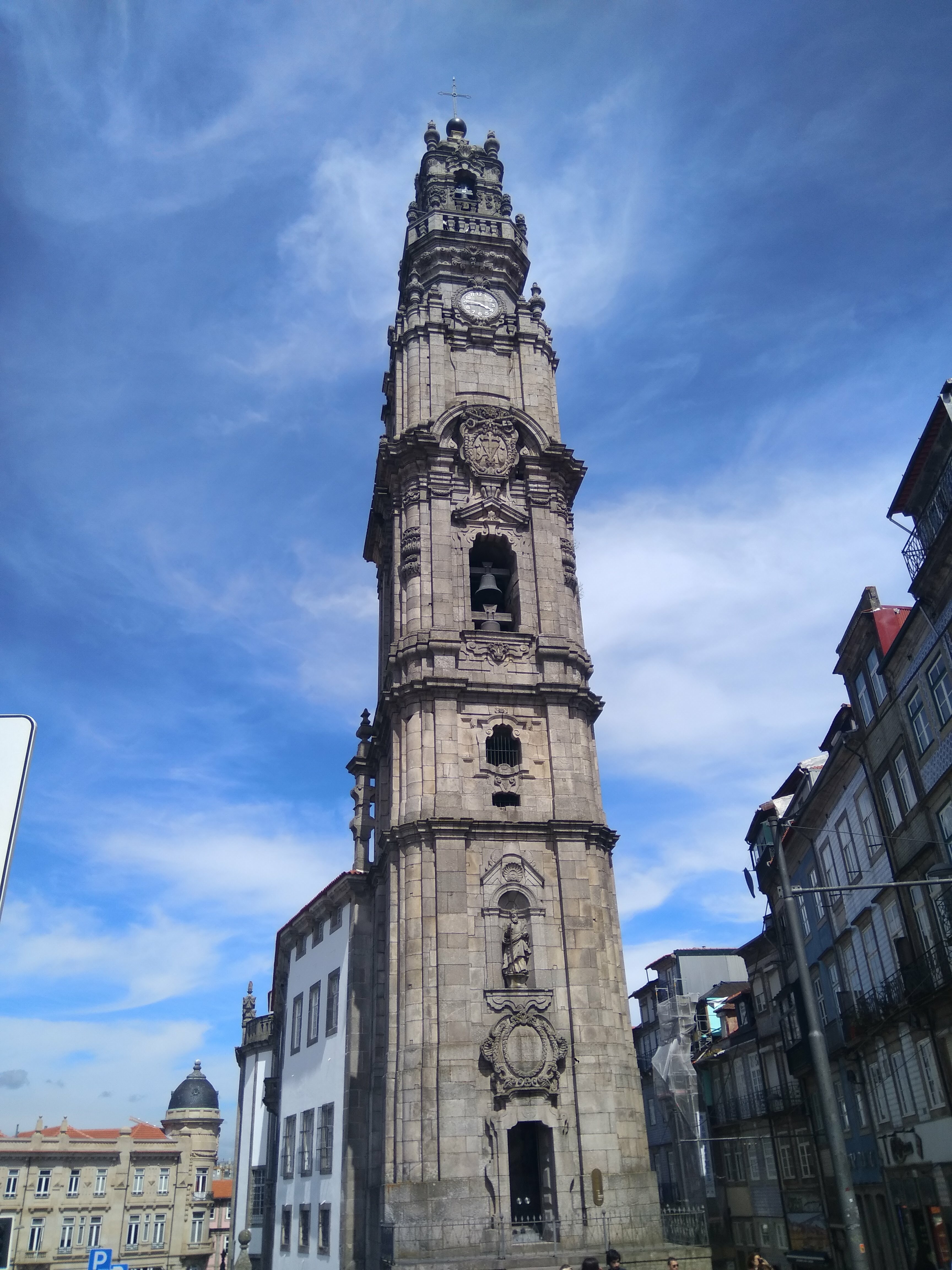

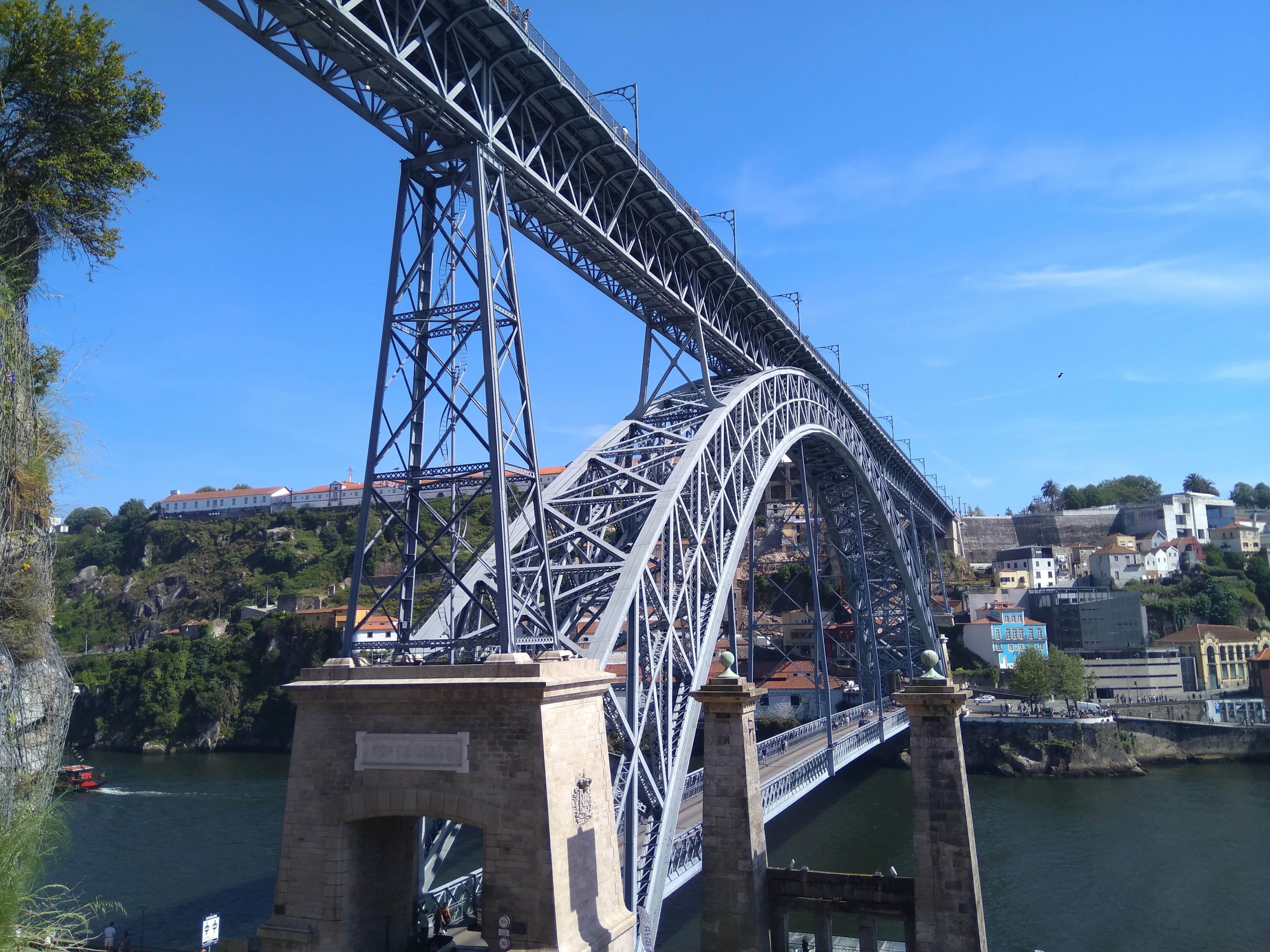
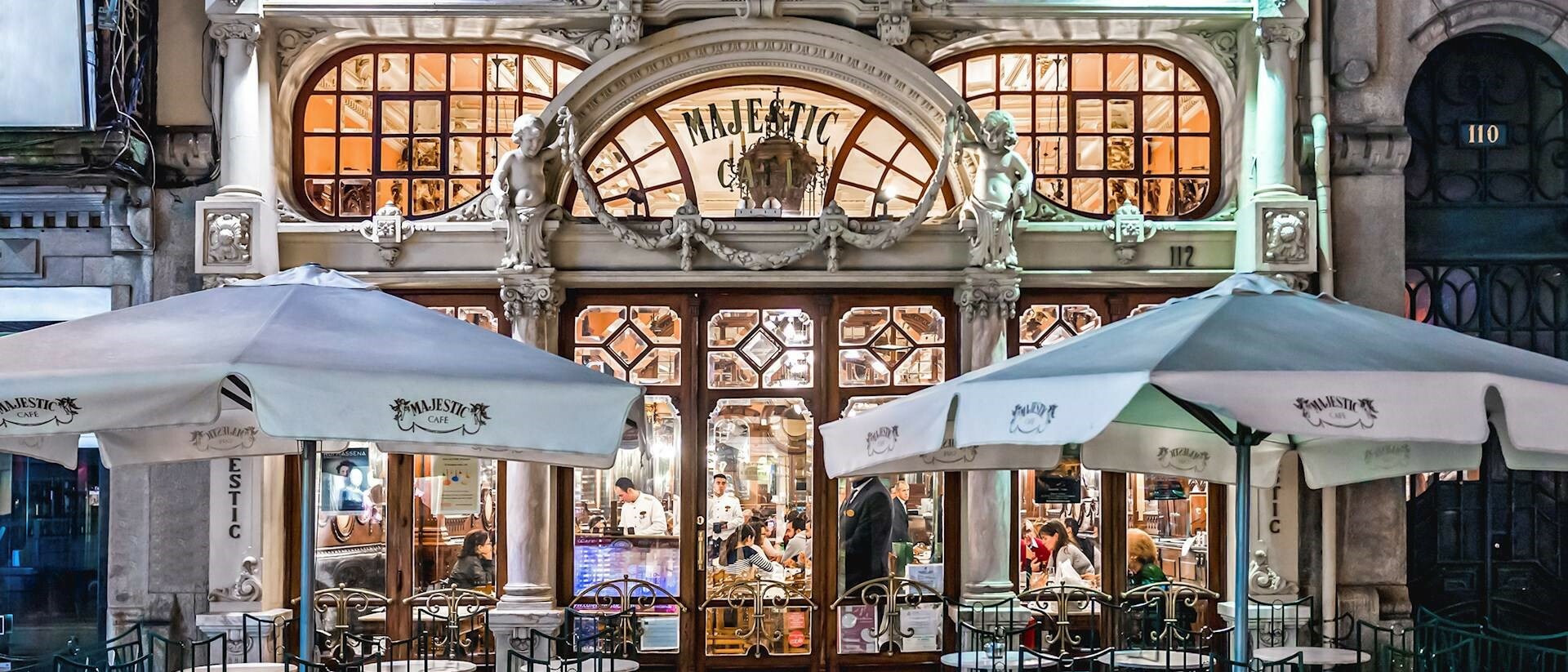
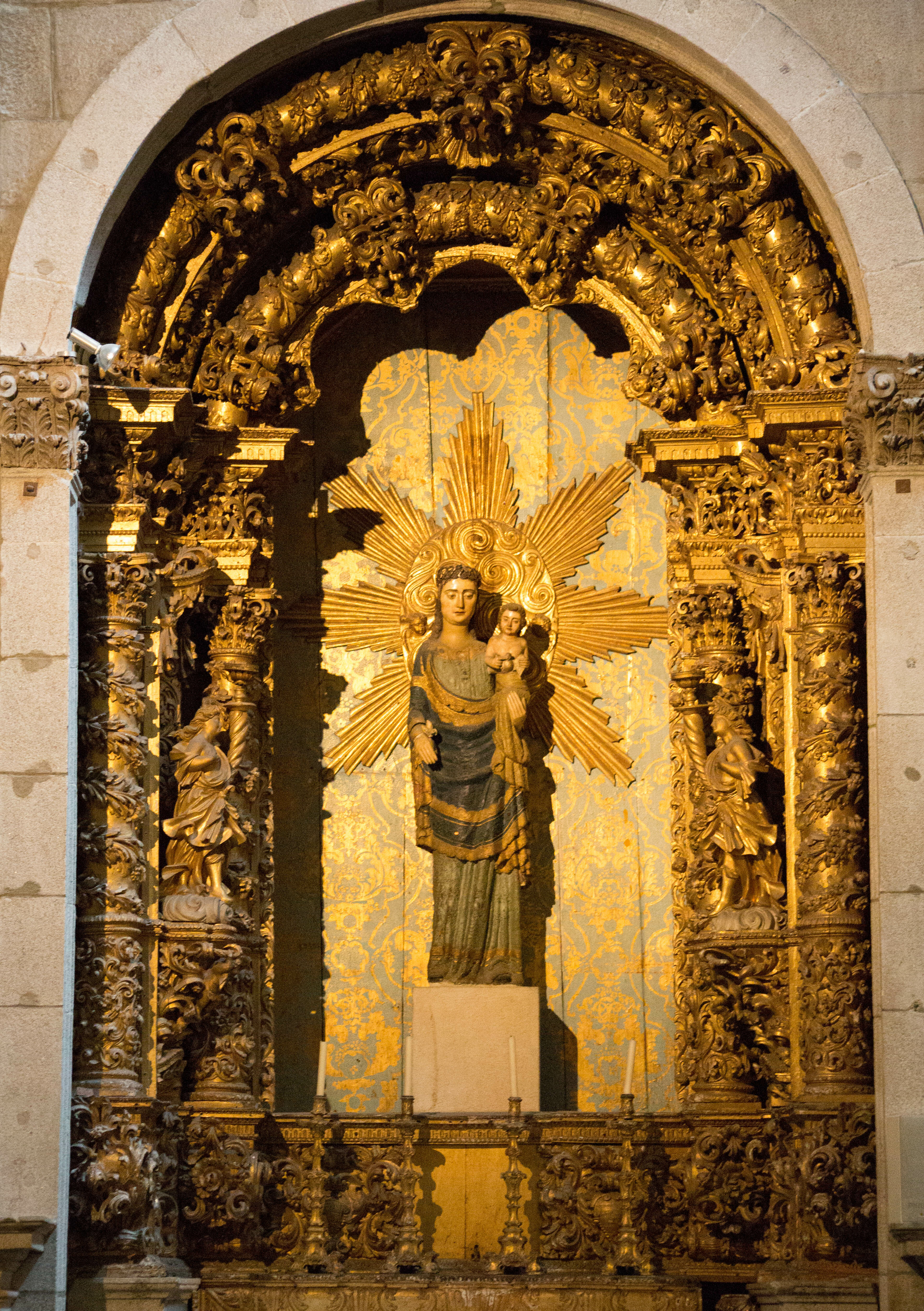
Religious devotion played a central role for many centuries. And this legacy remains very present in the city’s forms, culture and traditions. Although the religious heritage/collections largely vary from the 15th to the 18th century, there are much older roots that deserve to be highlighted. At a time when Christianity had frequent advances and retreats in territorial disputes, an armada from the southwest of the region where we now find France, was surprised to disembark in the city, as it had been taken by the Moors (10th century). Pulsating, they made a great attack on those who were taking the city, and promptly helped the populations and rebuilt the defensive fence.
Bishop D. Nónego also followed in this armada. This, as a way of thanking the victory of the Gascons and eternal protection of the city, tried to offer an image of the Virgin Mary to the inhabitants for devotion. The image originates from the village of Vêndome, and hence the conjuration of Nossa Senhora da Vandoma.
Although venerated as a patron saint and present in the city's coat of arms/coat of arms, Porto's biggest "religious" festival takes place on June 24th, celebrating S. João! It is without a doubt the longest night of the year, attracting thousands to the streets, and since ancient times celebrating the beginning of the summer solstice and, with it, the fertility of the land and the prospects of good harvests.
